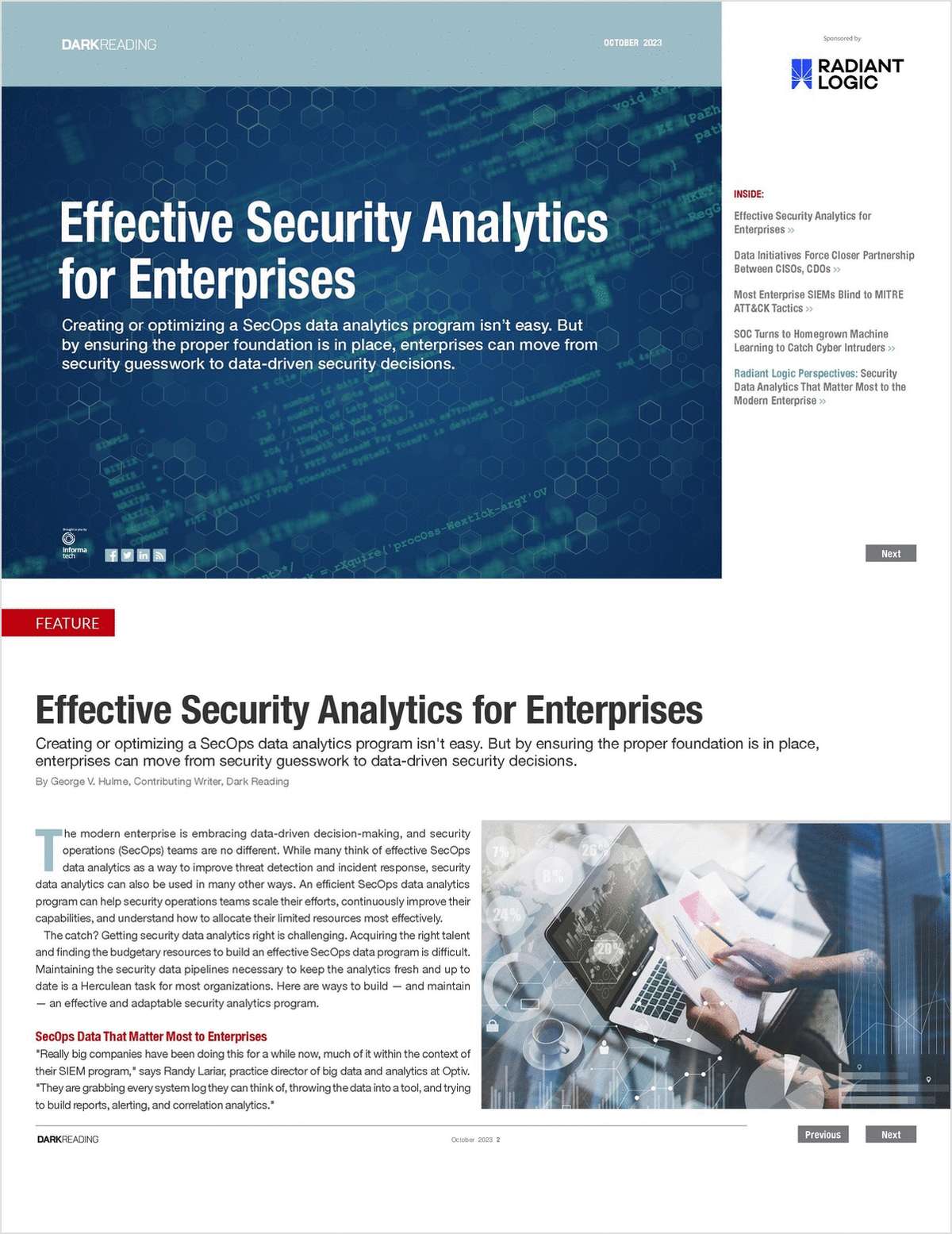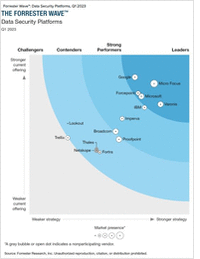Request Your Free Report Now:
"Effective Security Analytics for Enterprises"
Security data analytics can be used in ways beyond improving threat detection and incident response. An efficient SecOps data analytics program can help security operations teams scale their efforts, continuously improve their capabilities, and understand how to allocate their limited resources most effectively. Creating or setting up a SecOps data analytics program isn't easy, but with a proper foundation in place, enterprises can move from security guesswork to data-driven security decisions.
Getting security data analytics right is challenging. Acquiring the right talent and finding the budgetary resources to build an effective SecOps data program is difficult. Maintaining the security data pipelines necessary to keep the analytics fresh and up to date is a Herculean task for most organizations. Here are ways to build — and maintain — an effective and adaptable security analytics program.
First, know what you want out of a SecOps data analytics program. Experts say a program like this should include anomaly detection and user behavioral analysis, network traffic analysis, identifying data exfiltration attempts, predictive security analytics, and monitoring to ensure systems remain within regulatory compliance. It's also good to look at internal capabilities to decide whether or not to outsource the creation of data security pipelines and monitoring.
Take a comprehensive inventory of the organization's data sources. Experts advise teams to focus first on collecting the "core" security data sources, such as logs, alerts, and tickets. Once the appropriate data sources for collection have been identified, teams should then begin building out the data pipelines, storage, and analysis tools, beginning with ingesting the data, enriching the data, storing the data, analyzing the data, and reporting on the data. In addition to storage demands, managing data flows can
be one of the most expensive aspects of the data analytics program.
One of the most significant challenges enterprises have with their security analytics program is keeping the program aligned with ever-changing business and IT conditions. And when the data pipelines fall out of alignment, they don't accurately reflect the actual events within the organization. What's needed is a governance model for the data analytics program.
Security is also important. The SecOps security data would be a trove to threat actors, should they gain access. Experts advise implementing strong data protection measures, such as encryption, when possible, as well as adequate access control policies and data anonymization processes as appropriate. Should these pipelines, data lakes, or SIEMs be breached, the incident response team should have a detailed response plan ready. Further, most advise vigorous monitoring to identify potential data anomalies and security incidents.
Offered Free by: Radiant Logic
See All Resources from: Radiant Logic






